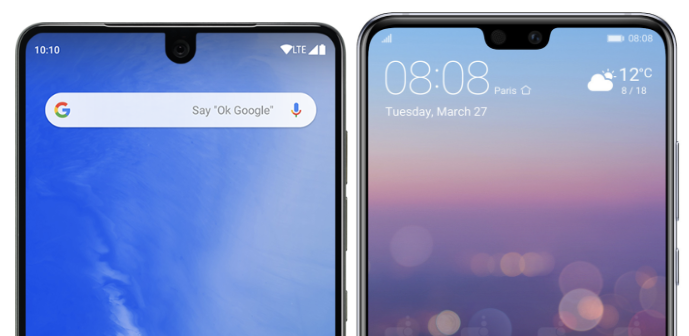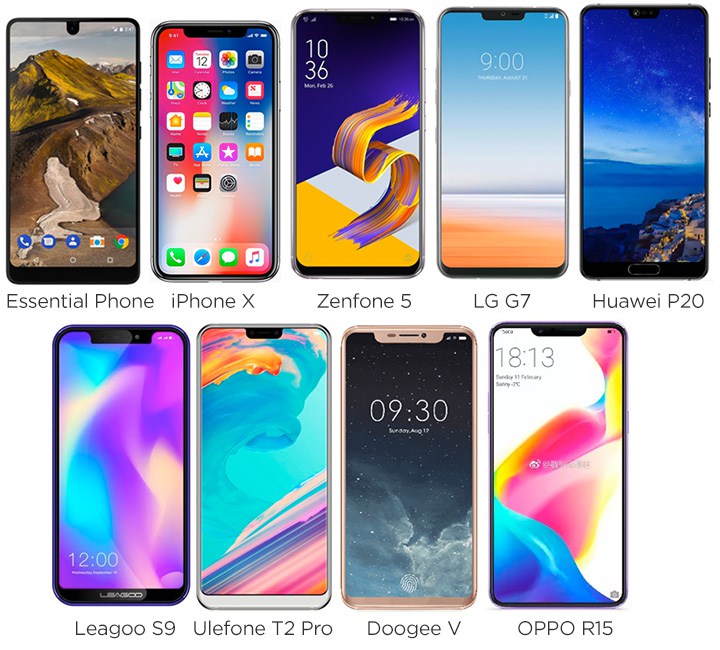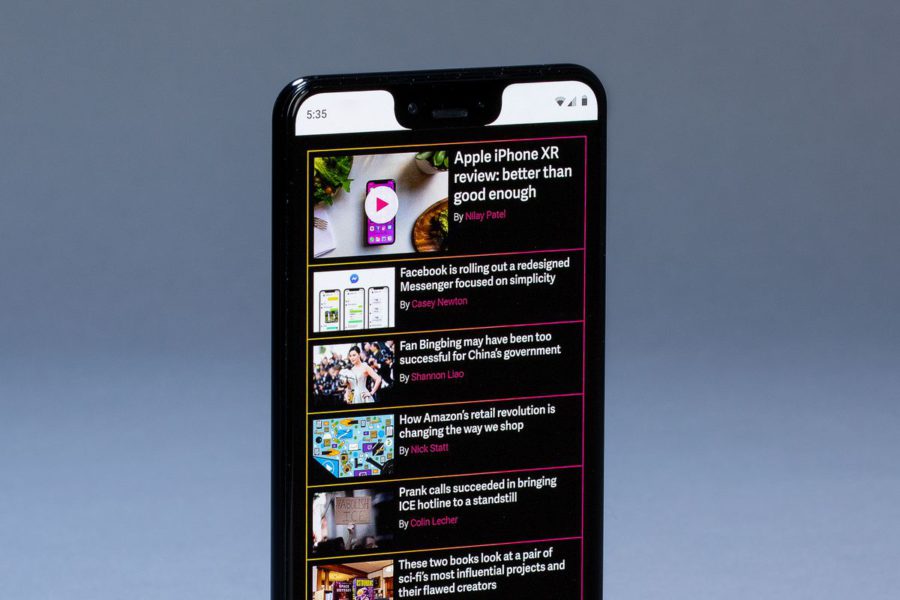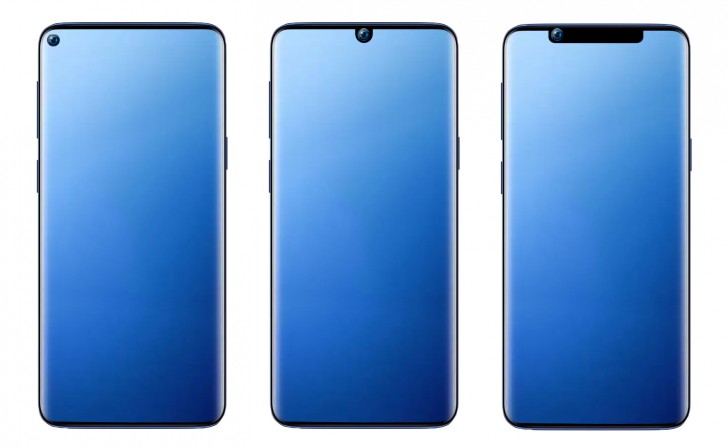Or why these eye-catching elements are important in the context of the evolution of smartphones and the industry in general …

Original material by Quentin Kennemer
The rise in the 'popularity' of the screen cutout marked one of the not-so-pleasant milestones in the smartphone world. The controversial cutout is one of the most common engineering solutions for our beloved devices today.
As the 'culprit' of the widespread use of the notch, you can specify iPhone X, although the first in this aspect was the smartphone from Essential. Many manufacturers watch how Cupertino sets trends, because everything that the company does usually works and goes to the masses. But I do not think that the reason is only that I did this Apple: just many smartphone users like the presence of the cutout more than they think.
This statement may not be pleasant to you, but listen to me. You don't like the neckline because it is. You value it for what it brings to your user experience. Many are reluctant to acknowledge that the cutout design allows devices with a larger display area to be produced, which seems like a good thing, but the small increase cannot justify the visually ridiculous design.
You have to accept the good and the bad
If it weren't for the notch, we wouldn't know that consumers actually like smartphones with more elongated bodies and 'limitless' displays. We realized the importance of a more powerful camera and more convenient and relevant security options. Last but not least, we learned that many people don't want to have anything to do with this sad black piece (or dot).

The cutout alone brings us closer to the perfect smartphone. And opposing opinions on part of this trend are important from both positions. Companies have begun to better understand where and how to focus in their research, and as a result, we will see improvements in smartphones.
We have already seen the technological advancement of components that will lead us into this future. Ultrasonic fingerprint sensors allow the most popular biometric authentication method to be placed in its most natural place without the need to sacrifice screen real estate. And if they can figure out how to do it, then they will be one step closer to fulfilling their main dream – to place all the sensors under the screen, which will save us from cutouts, 'holes' and other strange displays.
And you don't have to go far to see history repeat itself. The fingerprint in Motorola Atrix was terrible and was considered the worst part of the device, but look at what progress has come, because we can't live without this sensor. We thought an all-glass body was silly, but that was only before the debate over signal impact and wireless charging began. The extra scrolling screens on paper looked promising, but after a few failed attempts we realized that no one needed them. I would never forgive Kyocera for the Echo, but at least I can give them credit for trying to do something new with two displays. And who would have thought, Kyocera has groped for something potentially interesting.

The future is not yet fully here. Device makers need time for technology to mature and even longer for it to become commercially viable. We see how opinions change almost every day and how every smartphone every few years now and then tries to return old ideas in a modern interpretation.
Some companies are not even in a rush to test such features on commercial devices, and fancy device concepts become the nifty point of a seemingly routine product launch event. As a result, they all try to understand whether anyone needs the projects they are developing, before “pouring” millions and billions into their development.
These constant attempts to reinvent everything are key, because sometimes the technology of a particular era taken does not match your vision. It's a tricky game of balance and compromise, and it is for this reason that the Samsung Galaxy S10's 'punctured' display has rekindled the conversation and controversy surrounding the current state of smartphone design.

In any case, they will argue and calm down. I just ask everyone to remember how and why innovation works and why we have to go through periods of dubious design finds. No self-respecting consumer electronics company wants to scare away its consumers in any way, so instead of denigrating companies, it's better to take the time and understand why they are taking certain steps. Sometimes they don't make sense (well, really, what did the headphone jack do to you?), But we won't curse their names without thinking about the reality of today's market and the wishes that drive them.
Original material by Quentin Kennemer
How many smartphones with various cutouts have already been held in hands and none of them could be considered as a permanent device, even those in which the software contains the option to hide the cutout. Apparently, this transitional period for the industry will pass for me without new smartphones, although there are manufacturers offering their new items WITHOUT cutouts and with decent-sized screens.
If it is necessary for the future of smartphones – let there be O, V and other cutouts, but not for long. Hurry to get rid of this forced measure, which many manufacturers massively went, following the lead of Apple.
